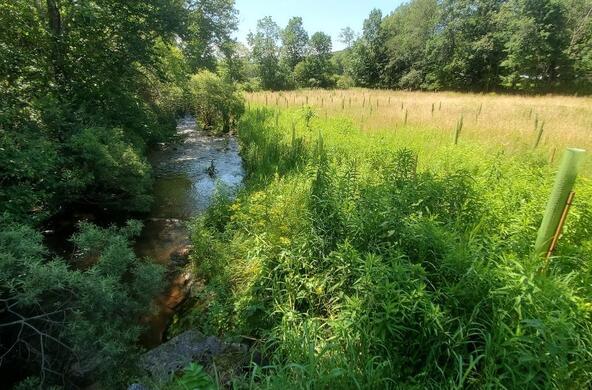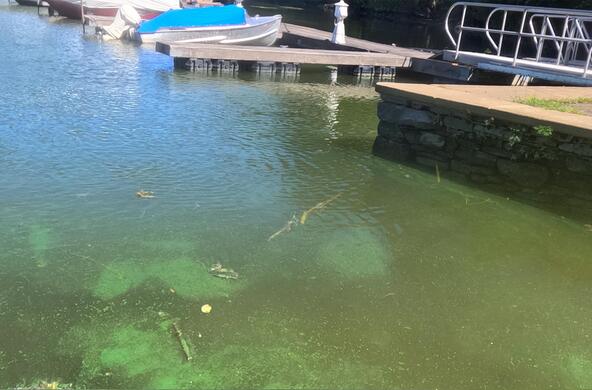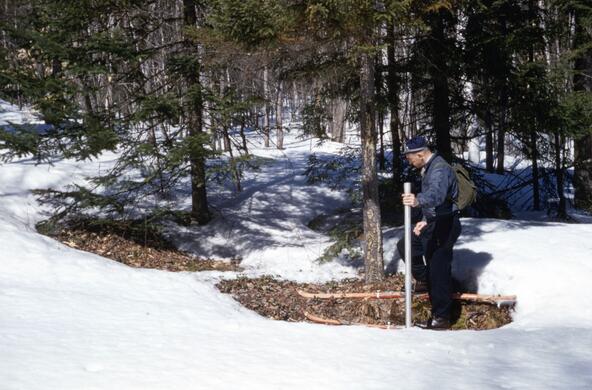
Despite the fact many of us drink groundwater every day, and all of us eat food irrigated by groundwater, few people know where it comes from or how to protect it. And because we are misinformed, we don’t always manage this valuable resource wisely.
All groundwater originates as rainwater or snowmelt that soaks into the ground. Although people might imagine rushing underground rivers, groundwater typically trickles slowly between grains of sand or through cracks in bedrock.
While creek or river water might travel miles in a day, groundwater flow is measured in inches. This means that deep groundwater stores may have originated from snow that fell when mastodons roamed. It also means if we over-pump or pollute groundwater, it can take centuries for the pollution to be flushed away, or the aquifer to refill.
Dave Strayer, a freshwater ecologist at the Cary Institute, says growing populations are putting a strain on water supplies…
“If you now have 12 neighbors where you used to have one neighbor, you can draw down enough groundwater that the levels in the groundwater, the water table, actually fall and if the water table falls far enough, then your well can go dry. It’s like trying to drink through a straw at the bottom of an empty Coke cup.”
Before reaching our wells, the groundwater we drink has to run through our yards, fields, and roadways. This ought to make us very careful about how we treat the landscape.
The short lesson: Don’t put something on your lawn or field that you wouldn’t want coming out of the tap you or your grandchildren drink from. Here in the Northeast, groundwater is commonly contaminated by road salt, gasoline, nitrate from sewage and fertilizers, and industrial chemicals.
Once contaminated, groundwater is difficult to clean up, and it’s usually expensive to find alternative sources of water to replace contaminated wells.






